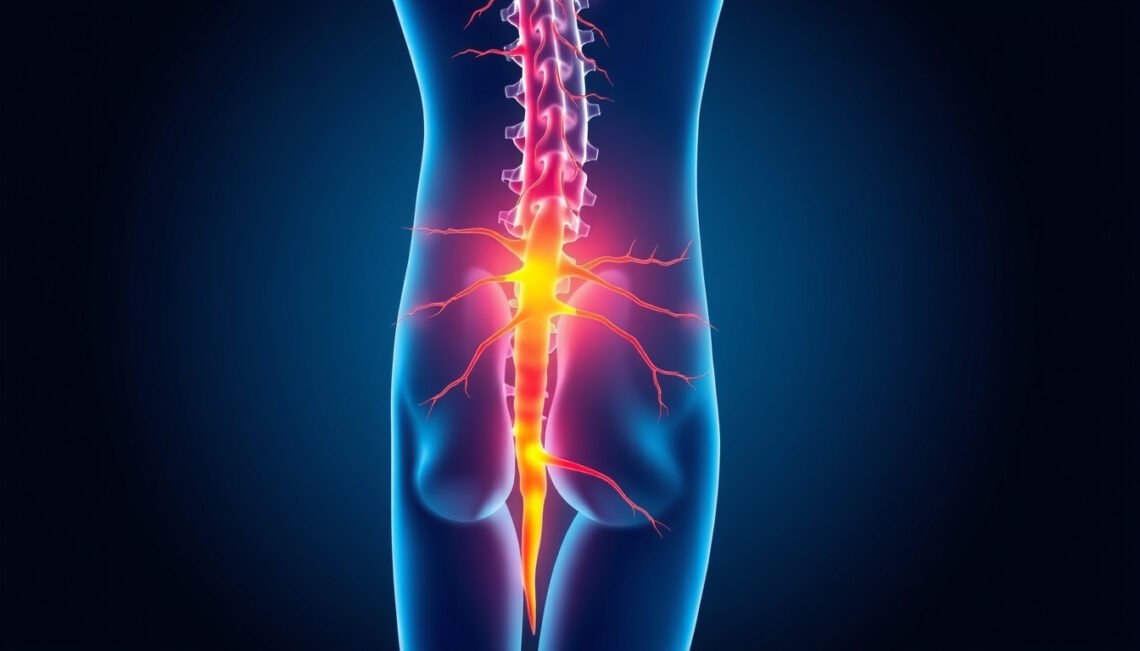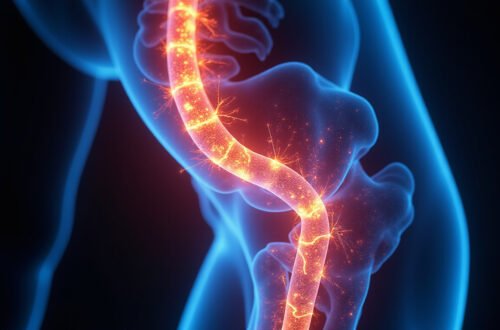Sciatica nerve root pain is a common yet often misunderstood condition that affects millions of individuals worldwide. If you have experienced sharp, shooting pain radiating from your lower back down through your leg, you might be suffering from this condition. Understanding the symptoms, causes, and treatments of sciatica nerve root pain is vital for effective management and improving your quality of life.
In this comprehensive guide, we will explore the key aspects of sciatica nerve root pain to help you recognize the signs, identify what triggers it, and learn about the most effective treatments available today.
What Is Sciatica Nerve Root Pain?
Sciatica nerve root pain refers to discomfort caused by inflammation, irritation, or compression of the sciatic nerve’s roots as they emerge from the spinal cord in the lower back. The sciatic nerve is the longest nerve in the body, running from the lumbar spine down to the feet, and it controls muscles and sensation in your legs and feet.
When the nerve root is compressed or irritated, it leads to pain that may radiate along the path of the nerve, from the lower back through the buttock and down the leg. This condition is commonly known as "sciatica."
Common Symptoms of Sciatica Nerve Root Pain
The symptoms of sciatica nerve root pain can vary depending on the severity of the nerve irritation but typically include the following:
- Radiating Pain: Sharp or burning pain starts in the lower back or buttock and travels down one leg, often below the knee.
- Numbness and Tingling: A sensation of pins and needles or numbness in the leg or foot.
- Muscle Weakness: Weakness in the affected leg or foot, sometimes causing difficulty in walking or standing.
- Worsening Pain with Movement: Pain may worsen when sitting, coughing, sneezing, or standing up suddenly.
- Unilateral Symptoms: Usually, only one side of the body is affected.
Not every case of sciatica nerve root pain presents the same way, so observing the specific symptoms you have can help in diagnosing and tailoring treatment.
What Causes Sciatica Nerve Root Pain?
Sciatica nerve root pain results from any condition that compresses or irritates the nerve roots in the lumbar spine. Common causes include:
- Herniated or Bulging Discs: The most frequent cause, where discs between vertebrae protrude and press on the nerve root.
- Degenerative Disc Disease: Age-related degeneration can reduce disc height, leading to nerve root impingement.
- Spinal Stenosis: Narrowing of the spinal canal compresses nerve roots.
- Spondylolisthesis: Vertebra slips forward over the one beneath it, narrowing the space for nerve roots.
- Piriformis Syndrome: The piriformis muscle irritates or compresses the sciatic nerve.
- Trauma or Injury: Direct injury to the lower back or buttocks can cause nerve root damage.
- Tumors or Infections: Though rare, these can cause nerve compression.
Understanding the root cause is essential to developing the right treatment plan.
Diagnosing Sciatica Nerve Root Pain
To diagnose sciatica nerve root pain, healthcare providers undertake a combination of physical examinations, patient history, and diagnostic tests. These commonly include:
- Physical Examination: Checking reflexes, muscle strength, and sensation.
- Imaging Tests: MRI or CT scans to visualize nerve compression, herniated discs, or spinal stenosis.
- Electromyography (EMG): Assesses nerve and muscle function.
Accurate diagnosis ensures that treatment targets the exact cause of nerve root pain rather than just managing symptoms.
Treatment Options for Sciatica Nerve Root Pain
Treating sciatica nerve root pain involves a combination of self-care, medication, physical therapy, and in severe cases, surgery. Here are the primary treatment methods:
1. Conservative Treatments
- Rest and Activity Modification: Avoiding activities that exacerbate pain while maintaining gentle movement.
- Medications: Nonsteroidal anti-inflammatory drugs (NSAIDs), muscle relaxants, and sometimes corticosteroids to reduce inflammation.
- Physical Therapy: Tailored exercises to strengthen and stretch the back and leg muscles, improving support and reducing nerve pressure.
- Heat and Cold Therapy: Applying ice packs or heating pads to relieve pain and muscle spasms.
2. Interventional Treatments
- Epidural Steroid Injections: Administered near the affected nerve root to reduce inflammation and provide pain relief.
- Nerve Blocks: Local anesthetic or steroid injections to interrupt pain signals.
3. Surgical Options
If conservative treatments fail, or if there is significant weakness, loss of bowel or bladder control, or severe pain, surgery may be considered. Common procedures include:
- Microdiscectomy: Removal of the herniated portion of a disc to relieve nerve pressure.
- Laminectomy: Removal of part of the vertebra to widen the spinal canal and reduce nerve compression.
Surgical outcomes for sciatica nerve root pain are generally positive when indicated and performed timely.
Preventing Sciatica Nerve Root Pain
While not all cases are preventable, adopting healthy practices can reduce your risk:
- Maintain good posture when sitting and standing.
- Engage in regular physical activity, focusing on core strength.
- Use proper lifting techniques by bending at the knees, not the back.
- Maintain a healthy weight to reduce spinal stress.
- Avoid prolonged sitting; take frequent breaks to stretch.
Quick Overview: Managing Sciatica Nerve Root Pain
To summarize, here are key steps to managing sciatica nerve root pain:
- Recognize symptoms early and seek medical advice.
- Obtain accurate diagnosis through physical exam and imaging.
- Start conservative treatments, including medication and physical therapy.
- Consider interventional or surgical treatments if symptoms persist or worsen.
- Follow prevention strategies to avoid recurrence.
Frequently Asked Questions (FAQs)
Q1: How is sciatica nerve root pain different from regular back pain?
A1: Sciatica nerve root pain specifically involves the irritation or compression of the sciatic nerve roots, producing radiating pain down the leg and often accompanied by numbness or weakness. Regular back pain is generally localized and does not travel down the leg.
Q2: Can sciatica nerve root pain heal on its own?
A2: In many cases, sciatica nerve root pain improves with conservative treatments such as rest, physical therapy, and medications over weeks to months. However, persistent or severe cases may require further medical intervention.
Q3: What exercises are best for sciatica nerve root pain relief?
A3: Stretching and strengthening exercises targeting the lower back, hamstrings, and core muscles help relieve nerve pressure. It’s best to consult a physical therapist for personalized exercise recommendations.
Authoritative Insight on Sciatica Management
The American Academy of Orthopaedic Surgeons (AAOS) highlights that a comprehensive approach combining medication, physical therapy, and lifestyle changes usually yields the best outcomes for sciatica nerve root pain (source: AAOS).

Take Control of Your Sciatica Nerve Root Pain Today
If you or a loved one is experiencing symptoms suggestive of sciatica nerve root pain, do not ignore it. Early recognition and appropriate treatment can dramatically improve outcomes and prevent chronic pain or disability. Consult your healthcare provider to get a proper diagnosis and personalized treatment plan. Embrace active self-care and professional guidance to regain comfort, mobility, and a healthier life.
Don’t let sciatica nerve root pain hold you back—take action today and step towards pain-free living!






